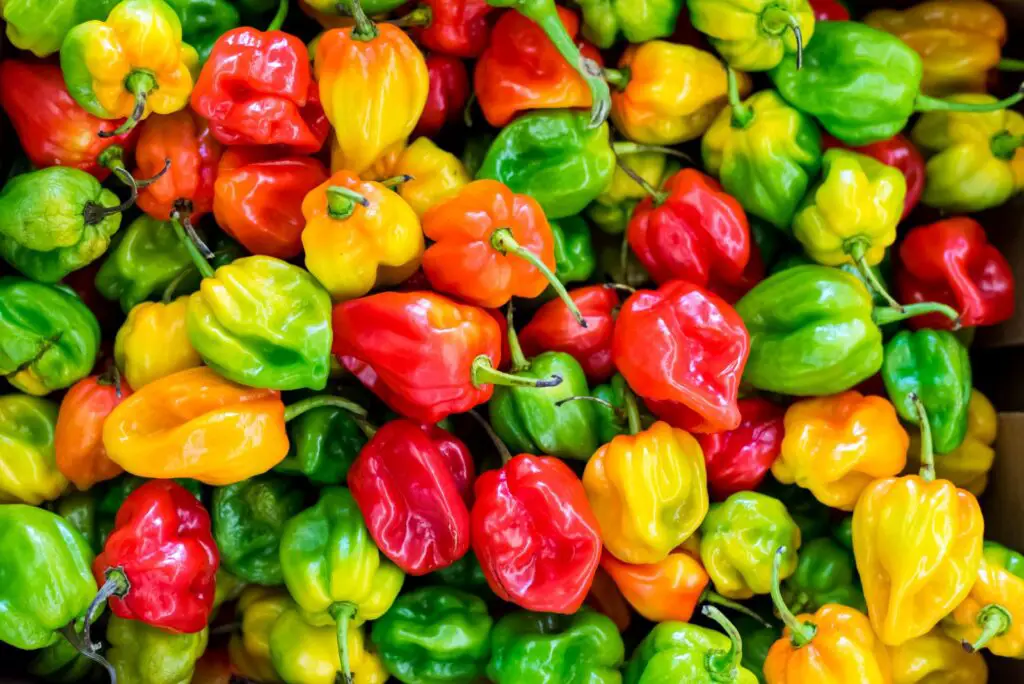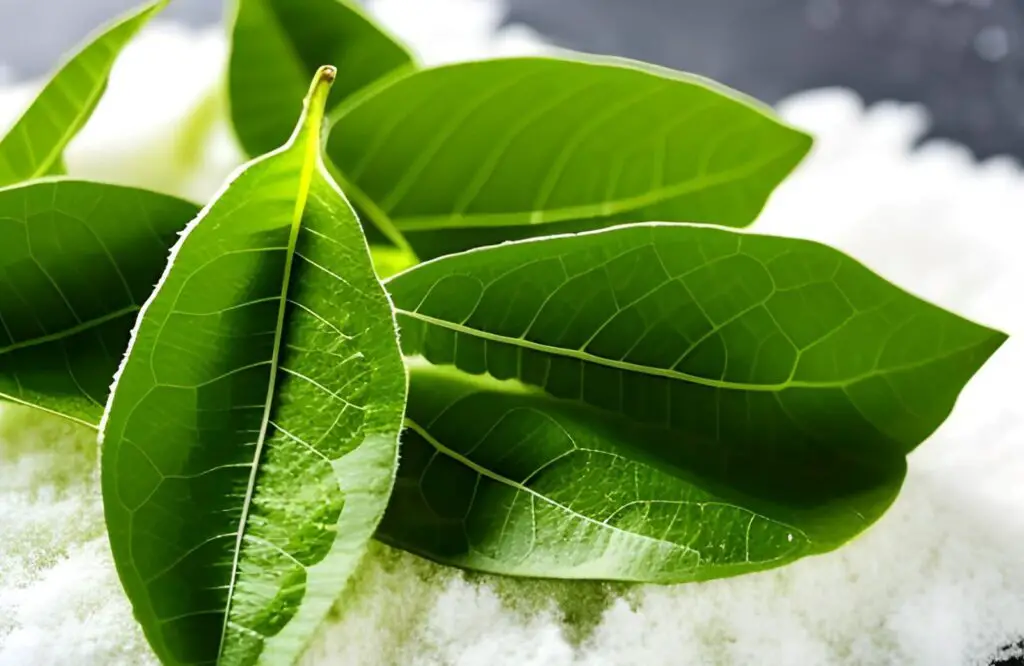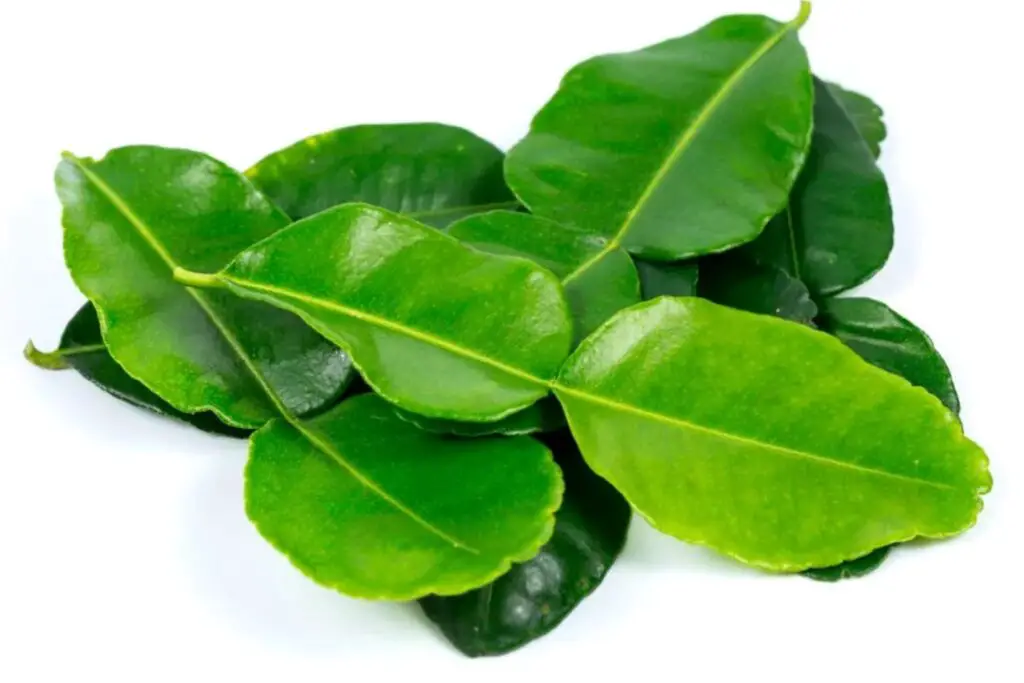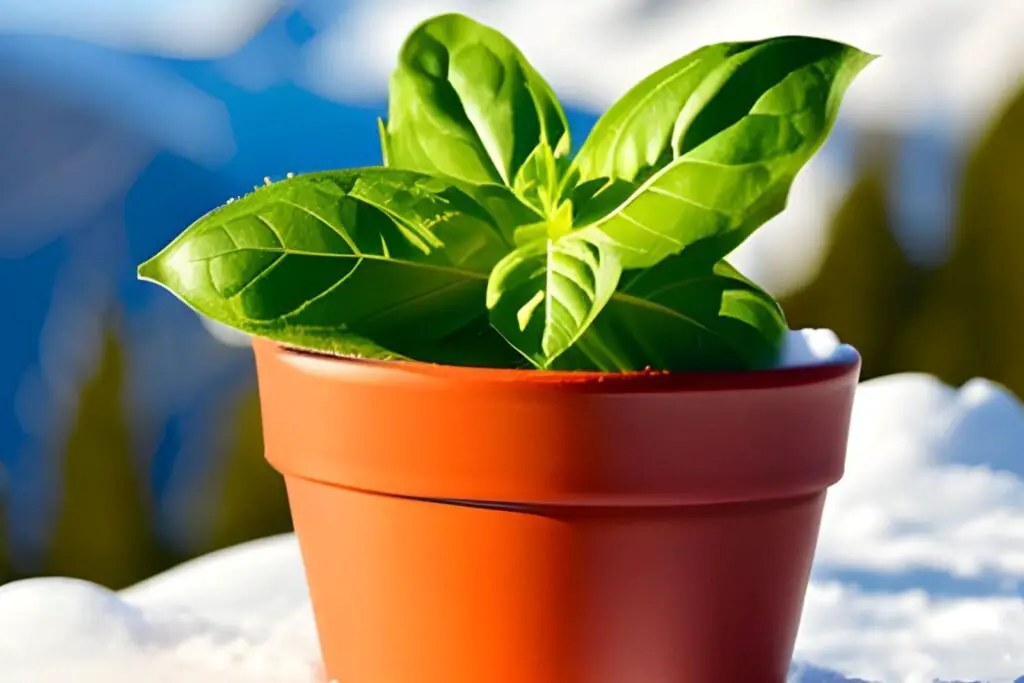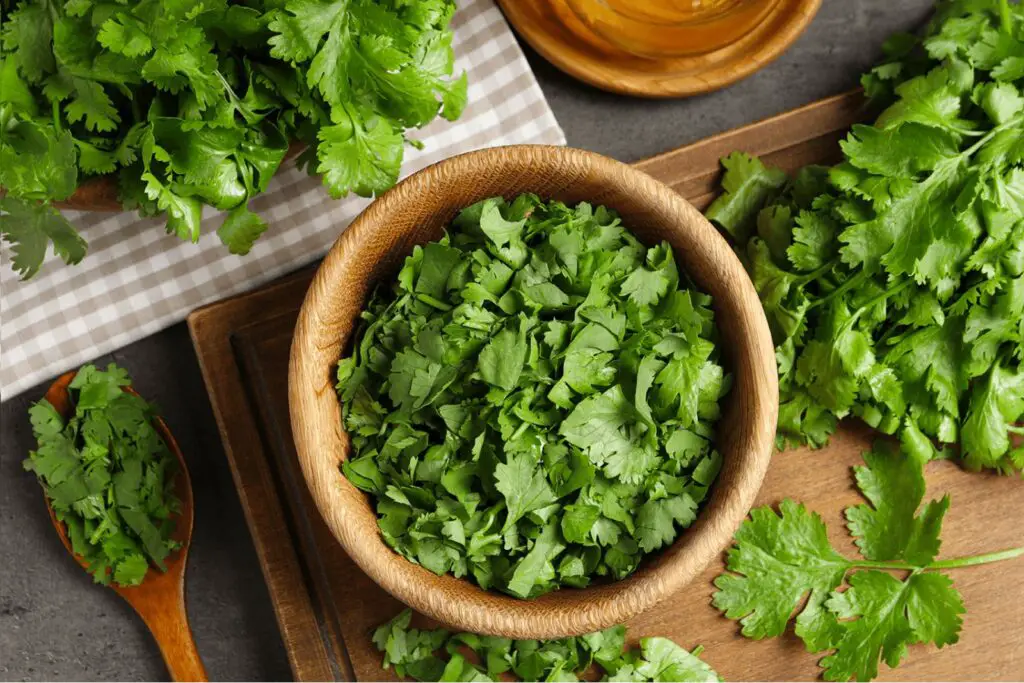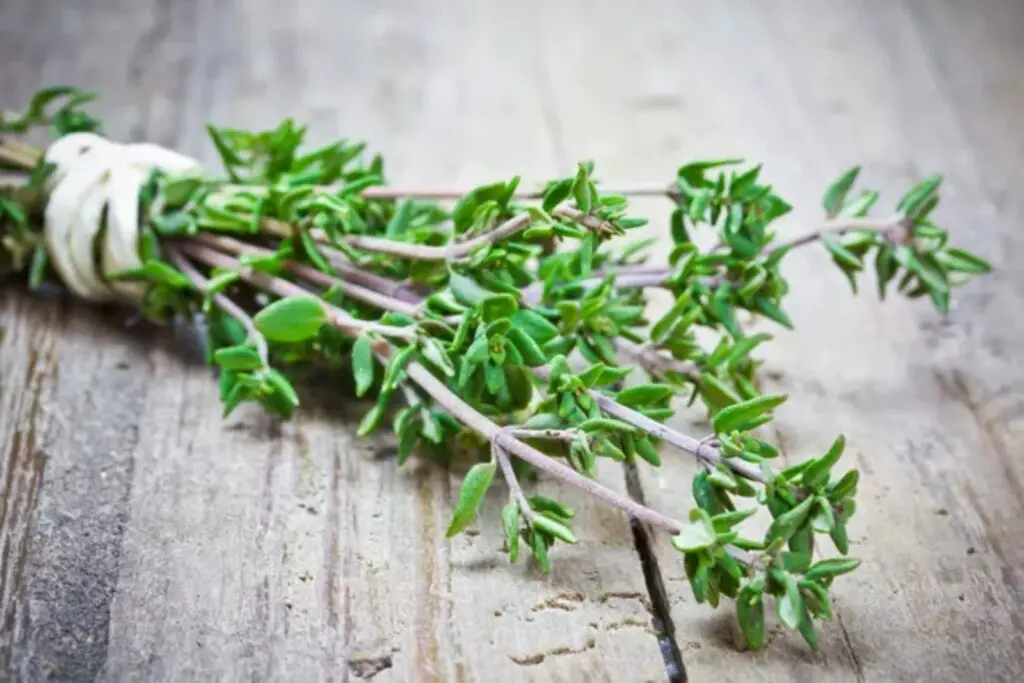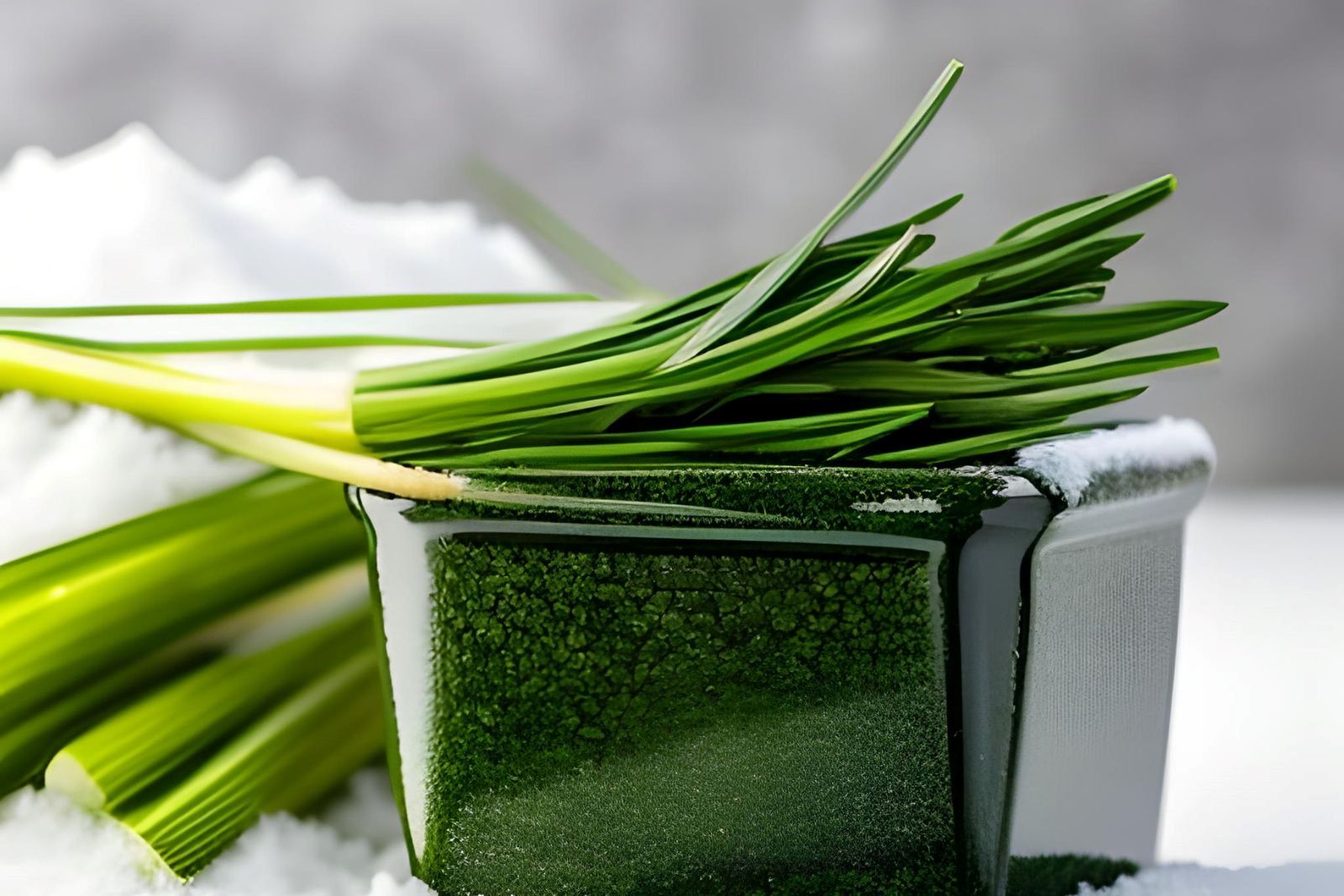
Fresh chives are aromatic and delicate herbs that add a distinct and subtle onion-like flavor to a wide range of dishes. They are commonly used as a garnish, adding a pop of color and a hint of freshness to salads, soups, and dips. While fresh chives are readily available during the growing season, they can be harder to come by during the colder months. Freezing fresh chives is a great way to preserve their vibrant flavor and ensure a supply of this versatile herb throughout the year. In this guide, we will explore the best methods for freezing fresh chives, allowing you to enjoy their delightful taste and enhance your culinary creations no matter the season.
Here’s how to freeze fresh chives:
- Step 1. Wash the chives thoroughly with cold water and pat them dry with paper towels.
- Step 2. Finely chop the chives into small pieces.
- Step 3. Spread the chopped chives in a single layer on a baking sheet or tray lined with parchment paper.
- Step 4. Place the tray in the freezer and allow the chives to freeze for a few hours.
- Step 5. Transfer the frozen chives to an airtight container or freezer bag.
- Step 6. Label the container with the date and store it in the freezer.
Step 1. Wash the chives thoroughly with cold water and pat them dry with paper towels.
This step is important because it helps to remove any dirt or debris that may be on the chives. It’s important to use cold water for washing because hot water can wilt the chives and affect their flavor.
Patting the chives dry with paper towels helps to remove excess moisture, which can cause the chives to stick together when freezing. Also, this step helps to ensure that the chives are clean and dry before freezing, which helps to maintain their quality and flavor.
Can I freeze chives without blanching them first?
Yes, chives can be frozen without blanching them first. However, blanching them for a few seconds before freezing can help preserve their flavor and color. If you decide to freeze them without blanching, make sure to store them in an airtight container or freezer bag to prevent freezer burn.
Step 2. Finely chop the chives into small pieces.
This step involves finely chopping the chives into small pieces. Here are the details on how to do it:
- Trim the ends: Use a sharp knife or scissors to trim off the ends of the chives.
- Separate the stems: Separate the stems of the chives and discard any wilted or discolored parts.
- Stack the stems: Stack the stems of the chives on top of each other.
- Cut into small pieces: Use a sharp knife to finely chop the chives into small pieces, about 1/4 inch in length.
- Repeat until done: Repeat this process until all the chives are chopped.
- Measure: If you plan on using a specific amount of chives in a recipe, you can measure them out at this point.
- Collect in a bowl: Once chopped, collect the chives in a bowl.
It’s important to use a sharp knife to ensure clean cuts and to prevent the chives from getting bruised or torn. By chopping the chives into small, uniform pieces, they will freeze more quickly and evenly, making them easier to use in recipes later on.
Can I freeze chives that have been previously chopped?
Yes, you can freeze chives that have been previously chopped. It’s more convenient to chop them before freezing, so they’re ready to use whenever needed. Just make sure to store them in an airtight container or freezer bag, removing as much air as possible to prevent freezer burn. Chopped chives will freeze faster than whole ones, so they’ll be ready to use in no time.
Step 3. Spread the chopped chives in a single layer on a baking sheet or tray lined with parchment paper.
This step process of freezing fresh chives involves spreading the chopped chives in a single layer on a baking sheet or tray lined with parchment paper. Here are the details on how to do it:
- Prepare the tray: Line a baking sheet or tray with parchment paper to prevent the chives from sticking.
- Spread the chopped chives: Spread the chopped chives out in a single layer on the prepared tray.
- Avoid clumping: Make sure the chives are not clumped together as this can cause them to freeze unevenly and form ice crystals.
- Keep spacing: Leave a little space between each piece to ensure they freeze quickly and evenly.
Freezing the chives on a tray also makes it easier to measure the amount needed for a recipe later on. Finally, spreading the chopped chives in a single layer on a tray is an important step in the freezing process to ensure the best quality and flavor of the frozen chives.
Step 4. Place the tray in the freezer and allow the chives to freeze for a few hours.
When food is frozen, the water inside it turns into ice, which slows down the natural process of decay and helps to preserve the food’s quality and flavor. By freezing the chives, you can extend their shelf life and have them on hand whenever you need them.
It’s important to allow the chives to freeze for a couple of hours, or until they are completely frozen, before transferring them to a freezer-safe container or bag. This ensures that the chives are frozen individually and will not clump together in the container or bag.
Once the chives are completely frozen, you can transfer them to a freezer-safe container or bag and label them with the date. Frozen chives will keep for several months in the freezer, making them a convenient ingredient to have on hand for soups, stews, sauces, and other recipes. Freezing fresh chives is a simple process that can help to preserve their flavor and quality.
Step 5. Transfer the frozen chives to an airtight container or freezer bag.
After freezing the chives on a baking sheet, you should transfer them to a freezer-safe container or bag to keep them fresh and prevent freezer burn. Freezer burn occurs when food is exposed to air, causing it to become dehydrated and lose its quality and flavor. An airtight container or freezer bag will help to prevent air exposure and keep the chives fresh.
Before transferring the chives, make sure they are completely frozen. If they are not frozen, they may clump together in the container or bag. Once they are frozen, you can transfer them to an airtight container or bag. If using a container, make sure it is freezer-safe and has a tight-fitting lid. Label the container with the date so you can keep track of how long the chives have been frozen.
If using a freezer bag, remove as much air as possible before sealing it. Label the bag with the date and the number of chives inside. Once the chives are stored in the container or bag, return them to the freezer. Frozen chives will keep for several months in the freezer, making them a convenient ingredient to have on hand for soups, stews, sauces, and other recipes.
Step 6. Label the container with the date and store it in the freezer.
Labeling the container or freezer bag with the date is an important step to keep track of how long the chives have been in the freezer. Frozen chives can last for up to 6 months in the freezer before they start to lose their quality and flavor. By labeling the container or bag with the date, you can easily keep track of when the chives were frozen and ensure that you use them before they lose their freshness.
When storing frozen chives in the freezer, it’s important to store them in a spot that maintains a consistent temperature. Fluctuating temperatures can cause freezer burn and affect the quality of the chives. It’s also important to avoid storing the chives near the door of the freezer where they may be exposed to warmer temperatures when the freezer is opened.
Frozen chives can be used directly from the freezer in soups, stews, sauces, and other recipes. There’s no need to thaw them first, as they will thaw quickly in the cooking process.
Can frozen chives be used in recipes that call for fresh chives?
Yes, frozen chives can be used in recipes that call for fresh chives. While they may have a slightly different texture than fresh chives, they will still provide the same flavor and aroma. Just make sure to thaw them properly before using them and avoid using them as a garnish, as they may not have the same visual appeal as fresh chives. Frozen chives are best suited for use in cooked dishes, such as soups, stews, and casseroles.
Other related questions
What is the best way to thaw frozen chives?
The best way to thaw frozen chives is to take them out of the freezer and place them in the refrigerator for several hours or overnight. This will allow them to thaw slowly and retain their texture and flavor. If you’re in a hurry, you can also thaw them in a bowl of cold water or use them directly in cooked dishes without thawing. Avoid using a microwave to thaw chives as it can cause them to become mushy.
Can frozen chives be used as a garnish or are they only suitable for cooking?
Frozen chives can be used as a garnish, but their texture and appearance may not be as appealing as fresh chives. Freezing can cause chives to become limp and lose their vibrant green color, which may not be ideal for use as a garnish. However, they will still provide the same flavor and aroma as fresh chives, so they’re perfectly suitable for use in cooked dishes. If you’re looking for a garnish, it’s best to use fresh chives instead.
Is it better to freeze chives whole or chopped?
It’s better to freeze chopped chives, as they will freeze faster and be more convenient to use. Chopped chives will also take up less space in the freezer and thaw more quickly than whole chives. Freezing whole chives can result in a tougher texture and may take longer to thaw. Additionally, chopping chives before freezing will make them more versatile and easier to use in a variety of dishes.
Can I freeze chives along with other herbs in the same container?
Yes, you can freeze chives along with other herbs in the same container, but it’s important to make sure they’re all properly labeled and sealed in an airtight container or freezer bag. Mixing different herbs together will not affect their flavor or quality, but it’s a good idea to keep stronger-flavored herbs separate from milder ones to avoid flavor transfer. It’s also best to freeze herbs that have similar freezing times and storage lives together.
Is it safe to microwave frozen fresh chives?
While it is technically safe to microwave frozen fresh chives, it’s not the best method for thawing them. Microwaving can cause the chives to become wilted and may affect their texture and flavor. It’s best to thaw frozen chives in the refrigerator or at room temperature to maintain their quality. If you must use the microwave, do so in short intervals and stir frequently until the chives are thawed.

